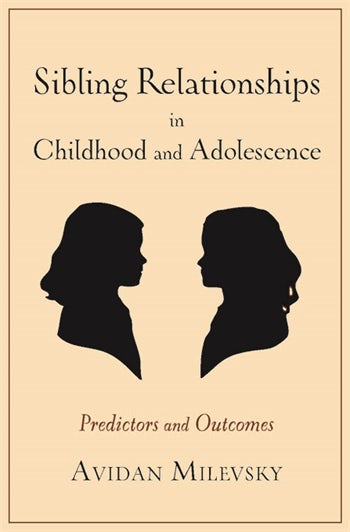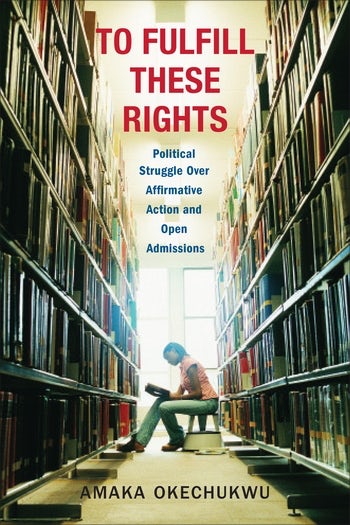Avidan Milevsky — “The Dougherty Gang”: The Dark Side of a Close Sibling Bond

The following post is by Avidan Milevsky, Ph.D., author of Sibling Relationships in Childhood and Adolescence: Predictors and Outcomes.
It all allegedly started in the early hours of August 2, 2011. A white 2006 Subaru was pulled over by an officer from the Zephyrhills, Florida, Police Department for speeding. After a brief exchange the white Subaru took off with the patrol car in pursuit. Shots were fired from the Subaru disabling the patrol car. That afternoon the three occupants of the white Subaru entered a bank in Valdosta, Georgia dressed in masks and armed with assault rifles. After shooting into the ceiling they robbed the bank and escaped.
Thus started the disturbing incident involving Lee Grace Dougherty, 29, Dylan Dougherty, 26, and Ryan Dougherty, 21, a trio of siblings referred to as “The Dougherty Gang.”
After a weeklong manhunt, police in Pueblo County, Colorado, received a tip about a sighting involving one of the siblings. After the car was spotted in the area, a police chase ensued ending with a shoot-out and the apprehension of the siblings. They are being held in a Colorado facility on more than a million-dollar bail each.
In addition to the usual questions asked about motives for a crime spree, this news story centers on an additional fascinating fact; the three perpetrators are siblings.
How can research on sibling relationships inform our understanding of this incident? What do we know about the type of sibling relationship that exists between these siblings? What can possibly be learned about these crimes based on the type of relationship developed between the Dougherty siblings?
At this point little is available about the type of relationship that exists between these siblings, and even less is known about the family environment linked with the development of this unique sibling bond.
However, with the little that is known about this family, coupled with what is known about sibling relationships in general, some interesting hypotheses can be generated.
Based on limited interviews with the mother of these siblings, the family is apparently a large one with a tumultuous past. In none of the stories is there any mention of a father. Furthermore, it was widely reported that Lee, the oldest, wrote on her Flickr feed, “I have a huge crazy family. I’m 28 but act like I’m 17 most of the time. I love to farm and shoot guys and wreck cars. I’m a redneck and proud of it. I like milk and German engineering and causing mayhem with my siblings.”
Their disturbed past is further confirmed when looking at the long history of delinquency of the three siblings since they had had trouble with the law before. Each had a police record of felonies and misdemeanors including drug-and-weapons charges, a burglary charge, hit-and-runs, a probation violation, aggravated battery, and a lewd and lascivious behavior charge. Additionally, Lee worked as a stripper at a club in Cocoa Beach, and lewd photos of her have been widely circulated online since the story broke. Her younger brother Ryan is a registered sex offender.
As clarified in chapter 5 of my new book, Sibling Relationships in Childhood and Adolescence: Predictors and Outcomes, siblings who experience traumatic or difficult upbringings often use sibling support to compensate for or use as a buffer against the difficult home environment. Disturbing childhood conditions have been shown to foster close sibling bonds. In these adverse settings children desperately need to depend on someone, and often siblings take on that role. In most cases this bond serves an adaptive role in the lives of siblings. However, under truly difficult conditions this bond can take on a pathological dimension.
The Dougherty siblings have been reported to live together in Lacoochee, Florida, and apparently had an underground bunker where they stocked ammunition. Their mother supposedly told reporters that her children “were on their own.” In addition to creating a strong sibling bond, a traumatic childhood environment can produce mistrust of society, compelling siblings to feel that they need to stick together against a hostile world. This type of pathological bond may explain their need for an underground bunker, and may possibly provide some clues into their behavior the past few weeks; they feel it is them against the bad world out there.
While the siblings were fugitives, their mother told The Associated Press, “I love all my children very much. … Although they’ve done some very bad things, no one has been physically injured yet. I would encourage my children to turn themselves in.”
Is it any wonder that they did not listen to their mother?





